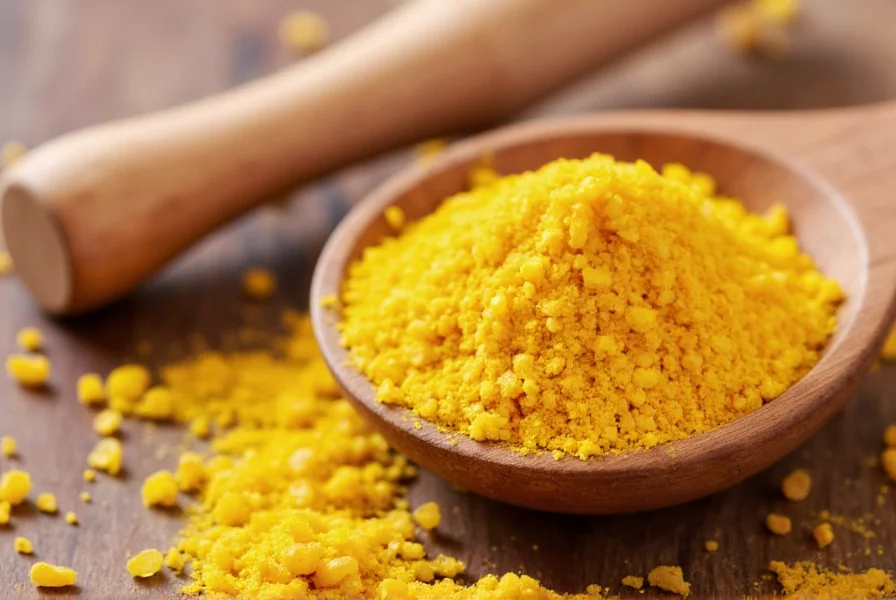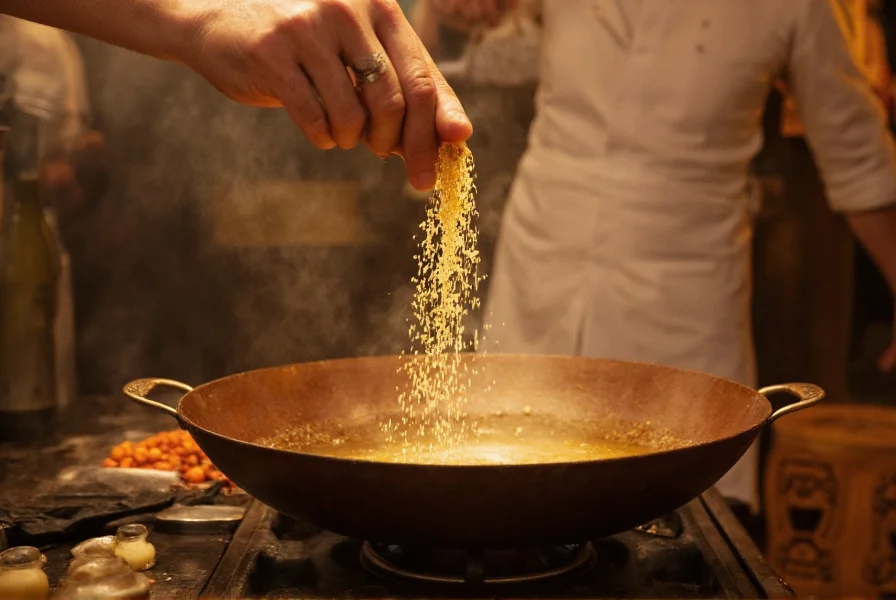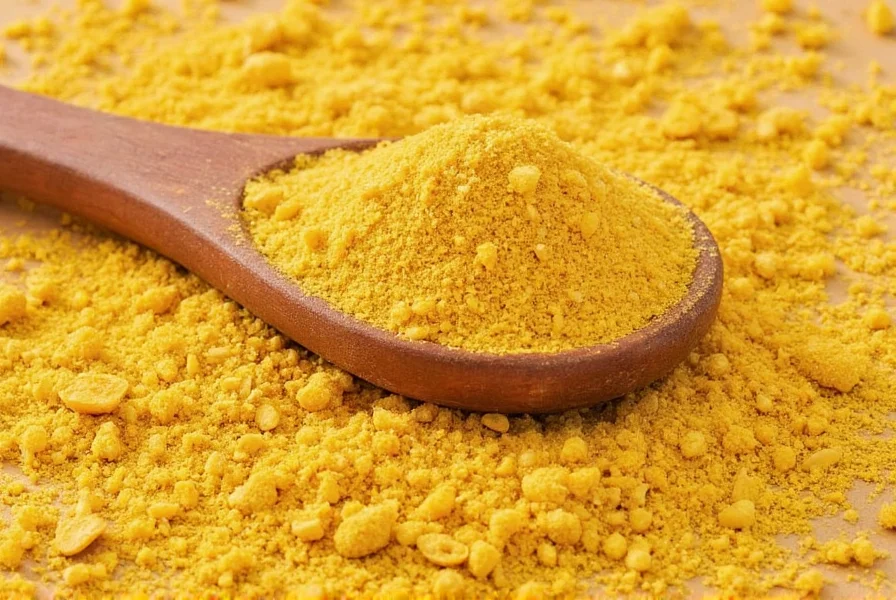Known as hing in Hindi and widely used across South Asia, this ancient spice has been valued for both culinary and traditional medicinal purposes for centuries. The resin forms when the stem of mature Ferula plants is cut, with the exuded sap hardening into a gum that's then processed for culinary use.
Understanding Asafoetida: Origins and Production
Native to the arid regions of Afghanistan and Iran, asafoetida comes from several species of the Ferula genus, particularly Ferula assa-foetida. Harvesters make incisions in the plant's roots during the growing season, collecting the milky resin that oozes out. This resin darkens and hardens upon exposure to air, forming the raw gum that eventually reaches markets.
Most commercial asafoetida undergoes processing where the resin gets mixed with flour or rice to reduce its potency. Pure resin appears as dark tears or chunks, while the more common powder form contains 10-20% asafoetida blended with edible starch.
Culinary Applications of Asafoetida
Chefs prize asafoetida for its unique ability to mimic the savory depth of onions and garlic when cooked. The spice works particularly well in lentil dishes (dal), vegetable curries, and pickles. When heated in oil at the beginning of cooking, its harsh raw odor transforms into a pleasant, umami-rich flavor.
| Dish Type | Recommended Amount | Best Addition Method |
|---|---|---|
| Lentil dishes (dal) | ¼ tsp per 4 servings | Add to hot oil before other spices |
| Vegetable curries | ⅛-¼ tsp per 4 servings | Bloom in oil with mustard seeds |
| Flatbreads | ⅛ tsp per dough batch | Mix directly into flour |
| Pickles | ⅛ tsp per jar | Add during brine preparation |
Health Considerations and Traditional Uses
Traditional Ayurvedic medicine has employed asafoetida for digestive issues, respiratory conditions, and menstrual discomfort. Modern research shows potential benefits including anti-inflammatory properties and digestive aid, though scientific evidence remains limited. The spice contains compounds like ferulic acid andascaridole that may contribute to these effects.
When using asafoetida for digestive health, many cultures incorporate small amounts into daily cooking rather than taking it medicinally. People with bleeding disorders should exercise caution as asafoetida might slow blood clotting. Always consult healthcare providers before using it for therapeutic purposes.

Working with Asafoetida in Modern Kitchens
Mastering asafoetida requires understanding its potency. Start with small amounts—most dishes need only ⅛ to ¼ teaspoon. The powder form offers easiest measurement, while resin tears require crushing before use. For authentic flavor development, always bloom asafoetida in hot oil or ghee at the beginning of cooking, allowing its volatile compounds to mellow.
Proper storage maintains quality. Keep asafoetida in an airtight container away from light and moisture. The resin form lasts longer than powder, which can lose potency within 6-12 months. Some cooks wrap resin pieces in plastic wrap before storing to contain the strong aroma.
Substitutes for Asafoetida
When asafoetida isn't available, several alternatives can approximate its flavor profile:
- Garlic and onion combination - Use ½ clove garlic plus 1 tsp onion powder per ⅛ tsp asafoetida
- Fenugreek seeds - Toasted and ground, they provide similar savory notes
- Butter substitute - For vegan cooking, a pinch of asafoetida replaces the umami in butter
These alternatives work best in specific contexts, but none perfectly replicates asafoetida's unique transformation during cooking. Many vegetarian and Jain cuisine practitioners rely on asafoetida as their primary substitute for alliums.

Frequently Asked Questions
What's the difference between asafoetida and asafetida?
Asafoetida and asafetida refer to the exact same spice—the variation comes from transliteration differences from Persian and Indian languages into English. Both terms describe the resin from Ferula plants used in cooking and traditional medicine.
Why does asafoetida smell so strong when raw but pleasant when cooked?
Raw asafoetida contains volatile sulfur compounds that create its intense odor. When heated in oil, these compounds transform through the Maillard reaction, mellowing into savory, umami flavors similar to cooked onions and garlic.
Can I use asafoetida if I'm following a low-FODMAP diet?
Yes, asafoetida serves as an excellent onion and garlic substitute for those on low-FODMAP diets. Since it comes from plant roots rather than bulbs, it doesn't contain the problematic fructans found in alliums, making it generally well-tolerated.
How much asafoetida should I use in place of garlic or onions?
Use approximately ⅛ teaspoon of asafoetida powder to replace one clove of garlic or ¼ cup of chopped onions. Always start with less—you can add more after tasting, but you cannot remove excess once added to your dish.
Is asafoetida safe for children and pregnant women?
In culinary amounts used in cooking, asafoetida is generally considered safe for children and pregnant women. However, medicinal quantities should be avoided during pregnancy. Consult healthcare providers before using it therapeutically during pregnancy or for young children.











 浙公网安备
33010002000092号
浙公网安备
33010002000092号 浙B2-20120091-4
浙B2-20120091-4